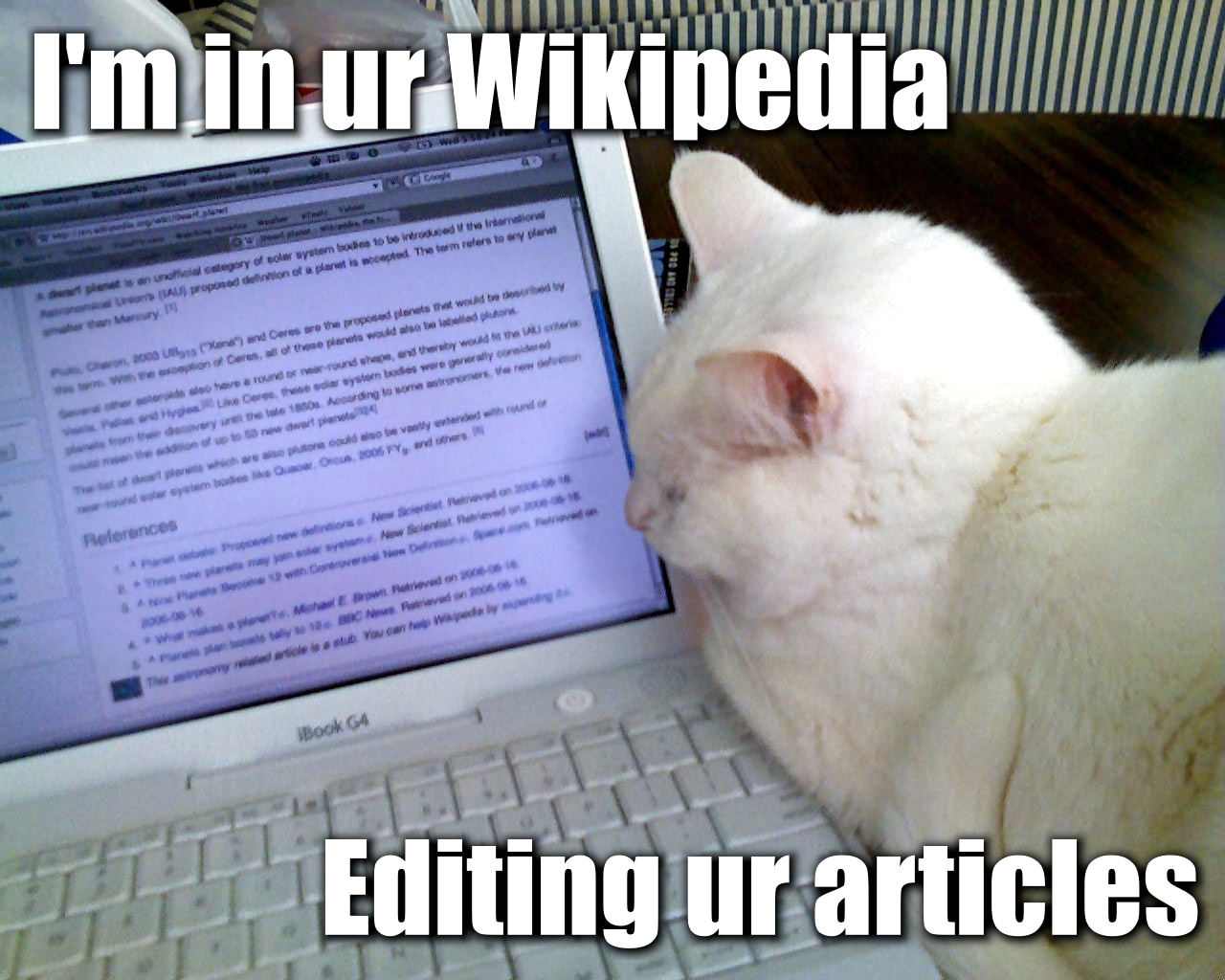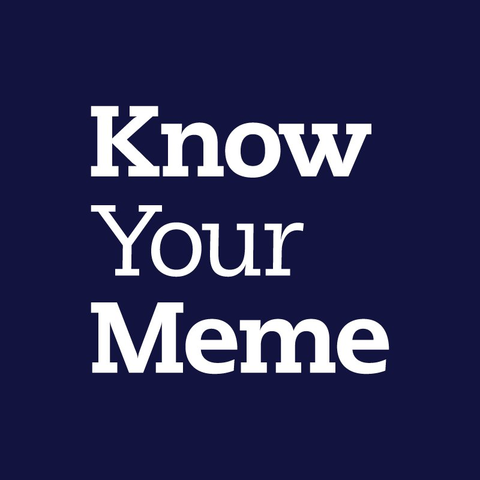
On Friday November 30, a group of librarians from the Online Computer Library Center (OCLC) Asia Pacific Regional Council Meeting (APRC) 2018 visited the Pridi Banomyong Library. Among the distinguished speakers at APRC, and visitors to the TU Library, were Aaron Tay of Singapore Management University; Esther Woo of The University of Hong Kong; and Kenji Koyama of Chuo University.
Aaron Tay is a scheduled speaker at the Asia Pacific Regional Council Meeting (APRC) 2018 of the Online Computer Library Center (OCLC) in Mr. Tay is also expected to tour the Pridi Banomyong Library with a group of librarians from the ARPC on November 30.
Mr. Tay maintains a blog which has received much attention for its imaginative approach to librarianship and new ideas. Aaron Tay is Library Analytics Manager at Singapore Management University (SMU). As he describes it:
An experienced librarian (he joined the library industry in Aug 2007), he is probably too inquisitive for his own good, constantly tweaking and coming up with half-baked ideas, many of which don’t work. He uses this blog to hear himself think on new areas of librarianship he is learning, half of what he writes maybe out of ignorance, so don’t be fooled by the authoritative style of writing 🙂
To his utter amazement in 2011, he was actually named a Library Journal Mover and Shaker 2011 in the “Tech Leaders” category and Library Association of Singapore (LAS) Outstanding Newcomer. This was followed with a LAS Professional Service award in 2016.
He has a wide variety of interests in librarianship and has mused about and worked on areas such as
Library analytics
Discovery services including Google and Google Scholar
Open Access
Marketing
Social media
Mobile
Information literacy
Tools in general that might be helpful
Future disruptions
Among his past presentations is one about proactively scanning Twitter and the web for reader feedback.
Rather than waiting for reader feedback, which may sometimes be in the form of a complaint, librarians may have an idea of how services are being evaluated by looking online where people express themselves, rather than in words sent directly to the library. As the archived talk and accompanying slides explain, scanning for mentions of a library online and responding on Twitter, Facebook, Blogs may be useful:
It is well known that librarians are not the first people that come to mind when people want to ask questions. Similarly conventional wisdom suggests that for every one customer that gives feedback, many more don’t and instead communicate their displeasure to friends. These two facts combined with the rise of social media which allows means that it is important that libraries proactively scan mentions of the library online whether it be Facebook, Twitter, blogs, Tips on Foursquare pages and more. At NUS libraries, we do comprehensive real-time scanning of Twitter, Facebook, and other online spaces since 2010 using a combination of free tools. For example tweets are picked up based on a combination of keywords, geocoding and identity of users and the library responds using the library twitter account when necessary.
Some readers may be pleased to find that the library might react to public postings about service, whereas others may be somewhat uncomfortable that their words expressed in a public forum were noted by the library.
Another innovative research project by Aaron Tay is about marketing libraries with memes. As all university librarians know, students are influenced by up-to-the-minute memes. The noun meme was invented by the British evolutionary biologist Richard Dawkins, derived from an ancient Greek term meaning to imitate. Some library memes and social media campaigns may be about saving libraries (e.g #savelibraries, #buyalibrary) while others are meant to be observations about librarians and libraries (#followalibrarian on twitter, #followalibrary) or (Library day in the life), or (This is what a librarian looks like, Library wardrobe) or (Librarian shoes). Along these lines, Mr. Tay added to the popular meme What my friends think I do…, with humorous observations about librarians. Those librarians who feel creative or expressive might use meme generators available online, such as on Google+, that make it possible to quickly design and add text to memes about libraries. To know more about memes, there are websites such as Know your meme.
Meme versions of library announcements, in addition to more traditional announcements, may attract attention from students, when posted on Facebook or in poster form. Popularizing search engines or reminding students about library behavior can be done amusingly. Messages are better remembered through the use of memes. Some libraries even ask students to participate in meme contests.

Other ideas
In October 2011 Aaron Tay published a coauthored article in the Bulletin of the American Society for Information Science and Technology, Designing Low-Cost Mobile Websites for Libraries:
As smartphone ownership rises, usage patterns are expanding. Libraries face an increasing demand for online content delivered in a mobile compatible format while being constrained by financial and staffing limitations. Solutions are readily available through free and lowcost products to create mobile web pages and existing design models from which to draw inspiration. Platform-specific apps can easily support the kinds of content most commonly delivered on library mobile pages: basic contact information and outbound links to the catalog, databases, and other resources. Two software platforms for creating simple pages were tested, the free software from WordPress with mobile detection formatting enabled and LibGuides’ mobile friendly platform in a basic version, free for those with LibGuides accounts, and the more feature-rich MobileBuilder version. Each was found to have advantages and weaknesses. Whichever platform is chosen, usability testing is critical. The authors offer a “Heuristic Checklist for Library Mobile Design,” detailing aspects of interface design, user characteristics, and content delivery that should be assessed to determine how well the platform serves a library’s requirements for mobile usability.
Other new notions were introduced by Mr. Tay in a coauthored article about how heat maps were introduced on the library website, showing which areas of the library were most occupied by readers:
The indoor location-aware system is one in the latest slew of additions in tracking the library patrons’ visitations. It is the first of the many forms of library usage data sources that seek to provide an impetus in engaging the SMU community through real-time data visualizations. This enhances the perception of SMU Libraries as a creative nexus that nurtures and champions innovative methods of information access through technology innovations. This paper details the various forms of library usage data sources and how they impact the student patrons’ experience. It also outlines a case study on how data harnessed solutions can further foster a safe space that enriches and embodies the SMU Libraries experience.
Still another coauthored research article examined errors in Wikipedia and whether the accuracy of Wikipedia articles can be predicted using different metrics. As all TU students know, Wikimedia is not an acceptable source for citations in academic research since there are often mistakes in its articles.
Another visitor on November 30, Esther Woo, is Deputy University Librarian of The University of Hong Kong. Among Ms. Woo’s published research is a coauthored study from 2016 on cultivating leadership in Asian libraries:
The purpose of this paper is to describe a study aimed at assessing the impact of the only recurring Asian library leadership institute on its participants…The study found it difficult to establish a conclusive cause and effect link between institute attendance and the subsequent changes in participants’ professional lives. Nevertheless the study provides compelling evidence that the institute has enhanced participants’ leadership skills, knowledge and insights and thus contributed directly or indirectly to changes in respect of their career progression, involvement in leadership activities and changes at their respective organizations.
In other coauthored publications, Esther Woo addressed the issue of customer service in academic libraries and examining the value of human resource development (HRD) in the recruitment of academic librarians. An especially interesting publication was a Comparative study of the staff development in academic libraries of Mainland China and Hong Kong:
The aim of this study is to conduct a comparison between the staff training and development (T & D) of academic libraries in Mainland China and Hong Kong — two systems developed under fast-changing cultural, political and socio-economic environments in the past century. This paper argues that socio-economic, cultural and technological changes are pushing the development of academic library systems in the two regions towards convergence… It concluded that the two systems share similar concerns and problems in many aspects, and one of the major contributing factors may be the size of the library.
Another much-published researcher among the visitors on November 30 was Professor Kenji Koyama of Chuo University. Specializing in information library science and humanistic social informatics, Professor Koyama has coauthored extensive research into interlibrary loan (ILL) services, for example How the digital era has transformed ILL services in Japanese university libraries: a comprehensive analysis of NACSIS-ILL transaction records from 1994 to 2008.
He also published on the Body of Professional Knowledge Required for the Academic Librarians in Japan as well as E-books in Japanese academic libraries: an overview of the current situation and The changes in Japanese researchers’ usage and perception of electronic resources.

(All images courtesy of Wikimedia Commons)
